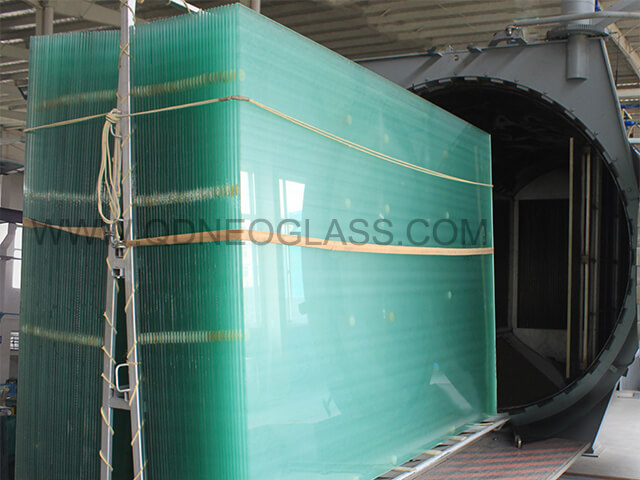Glass and the processed products are widely used in construction, transportation, decoration, electronic information, solar energy utilization and other emerging industries. Among them, about 70% of the float glass is used in construction and decoration fields. Applications of glass in automobile and new energy fields also gradually expand. The glass industry is a resource and energy-dependent raw material industry in the national economy. Both changes in upstream raw materials and evolution of downstream demand industries of glass will influence prices of glass.
Read More> 






